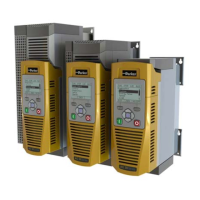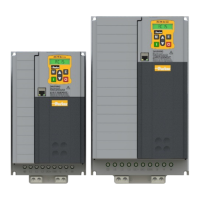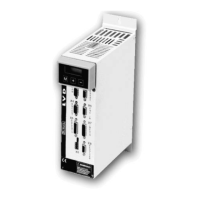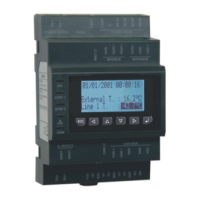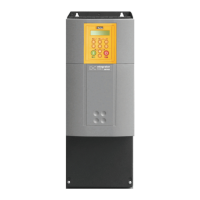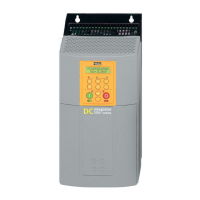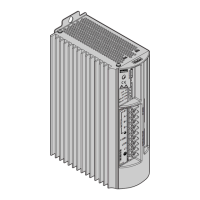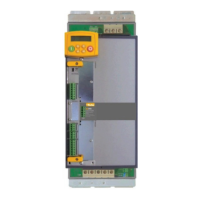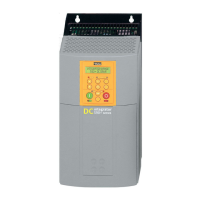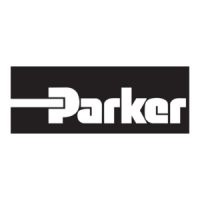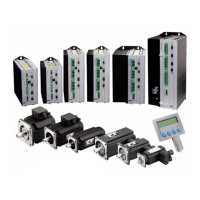What to do if Parker Servo Drives show DB unit IGBT fault alarm?
- AAngela WilliamsJul 27, 2025
If your Parker Servo Drives show a DB unit IGBT fault alarm, check the wiring and verify the value of the brake resistor.
What to do if Parker Servo Drives show DB unit IGBT fault alarm?
If your Parker Servo Drives show a DB unit IGBT fault alarm, check the wiring and verify the value of the brake resistor.
What causes M1 phase IGBT fault alarm in Parker Servo Drives?
The M1 phase IGBT fault alarm in Parker Servo Drives is caused by excessive output current.
What to do if my Parker Servo Drives show an output overcurrent?
If your Parker Servo Drives display an output overcurrent error, it indicates the output current is exceeding the trip level. Inspect the output wiring and motor for any insulation breakdown or short circuits, both between phases and between phase and earth.
Why does my Parker Servo Drives show M1 phase IGBT over-temperature?
The M1 phase IGBT over-temperature warning on your Parker Servo Drives means the maximum IGBT junction temperature has been exceeded. Check the main cooling fan and its power supply. Ensure the cooling path isn't blocked and clean or replace the cubicle inlet air filters.
Dangers and warnings for safe operation and handling.
Details on connecting control terminals and wiring diagrams.
Pre-operation checks and powering up with 24V DC.
Procedures for voltage check, parameter setup, and autotune.
Guidance on installing units into a cubicle and key layout.
Instructions for connecting 3-phase supply, motor, and brake resistor.
Details on connecting control terminals and wiring diagrams.
Pre-operation checks and powering up with 24V DC.
Procedures for parameter setup and autotune.
General information about STO, its responsibilities, and limitations.
Explanation of STO as a hardware function to prevent power delivery to the motor.
Safety values assessed to EN ISO 13849-1 and EN61800-5-2.
Details on the 6-way terminal block X11 for STO inputs and outputs.
Input and output specifications for STO function, including voltage and current.
Warnings and limitations regarding STO function, including motor types and external forces.
Test procedures for comprehensive and regular checks of the STO function.
Common symptoms, probable causes, and remedies for STO issues.
Information on selecting and using external braking resistors.
Details on normal stopping methods (Ramp to Stop, Coast to Stop).
Procedures for switching between Local and Remote control modes.
Explanation of what happens when a trip occurs and drive indications.
Procedures for resetting trips in Local and Remote modes.
List of trips, descriptions, and possible reasons for occurrence.
Troubleshooting common problems like drive not powering up or fuses blowing.
Important note that units are not user-serviceable and must be returned.
Earthing requirements and EMC earth connections for compliance.
Guidance on planning cable runs and increasing motor cable length.
Input current, output current, and power loss ratings for 890CS.
Input/output ratings and overload capabilities for 890CS Frame D.
Permanent earthing requirements and input supply details.
